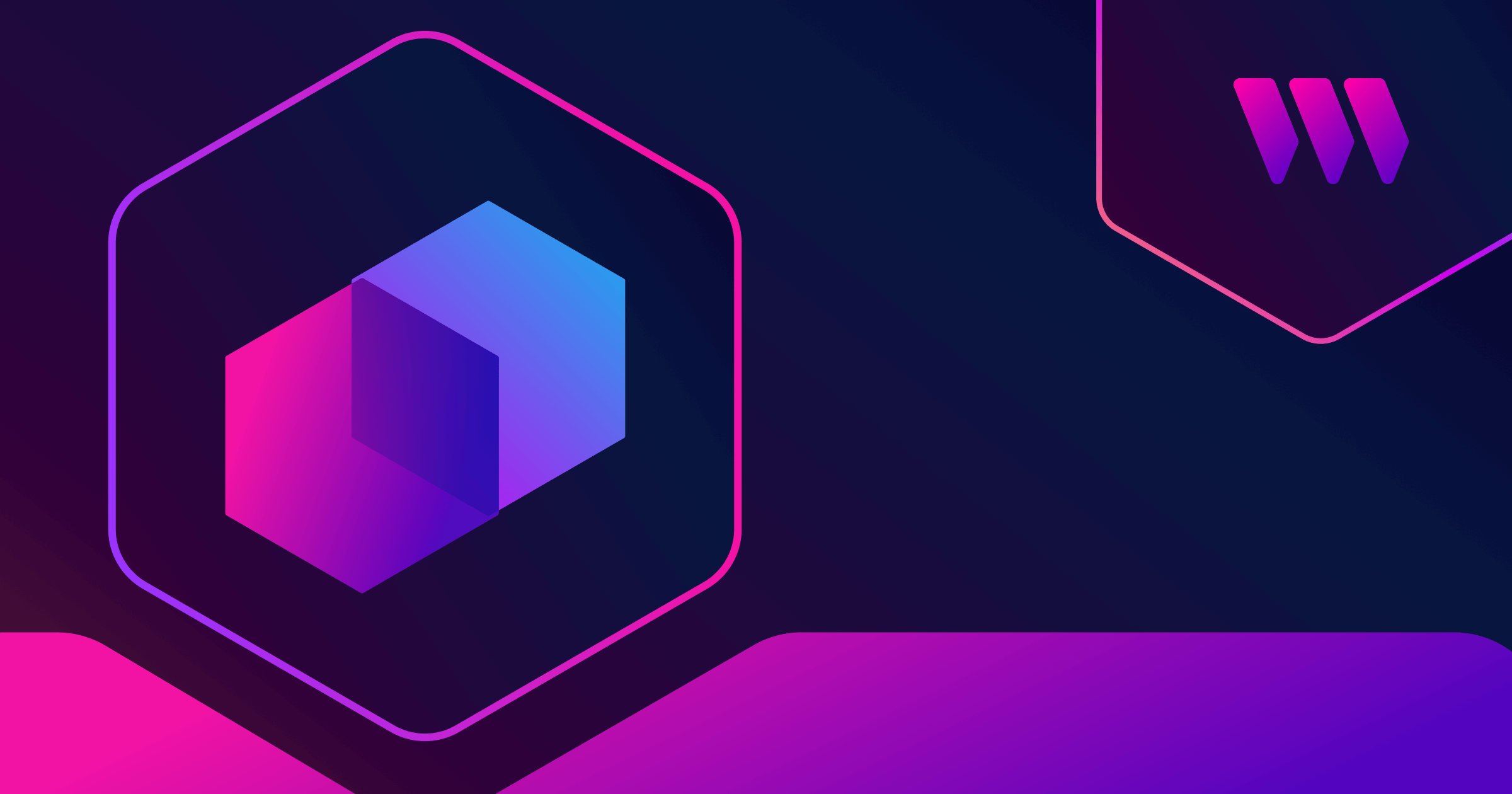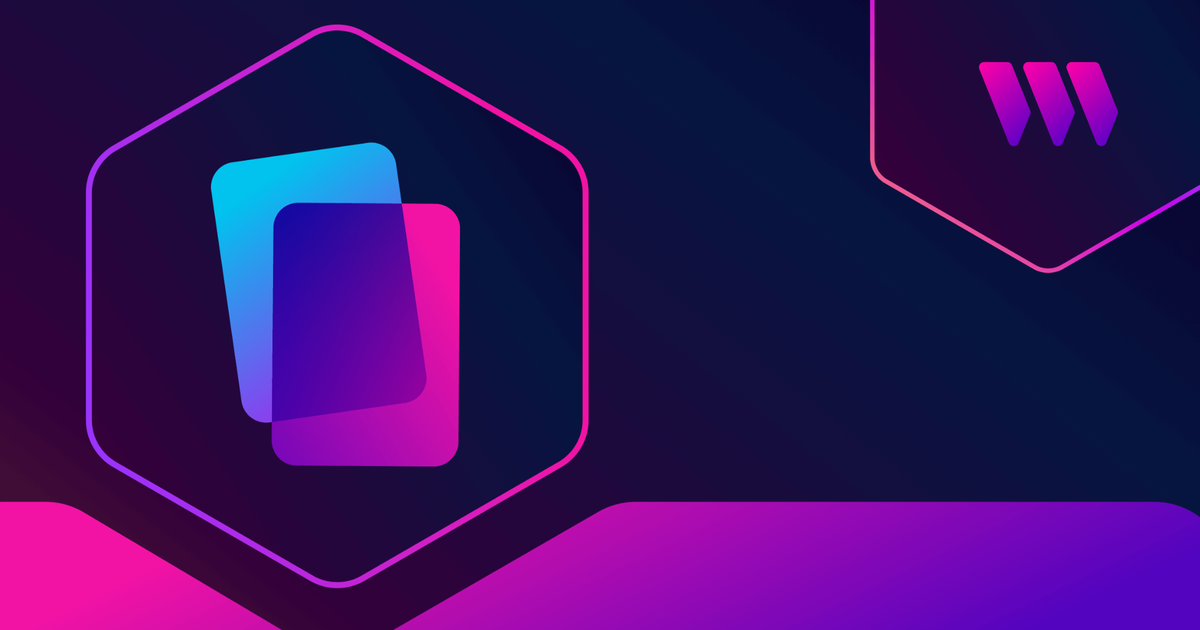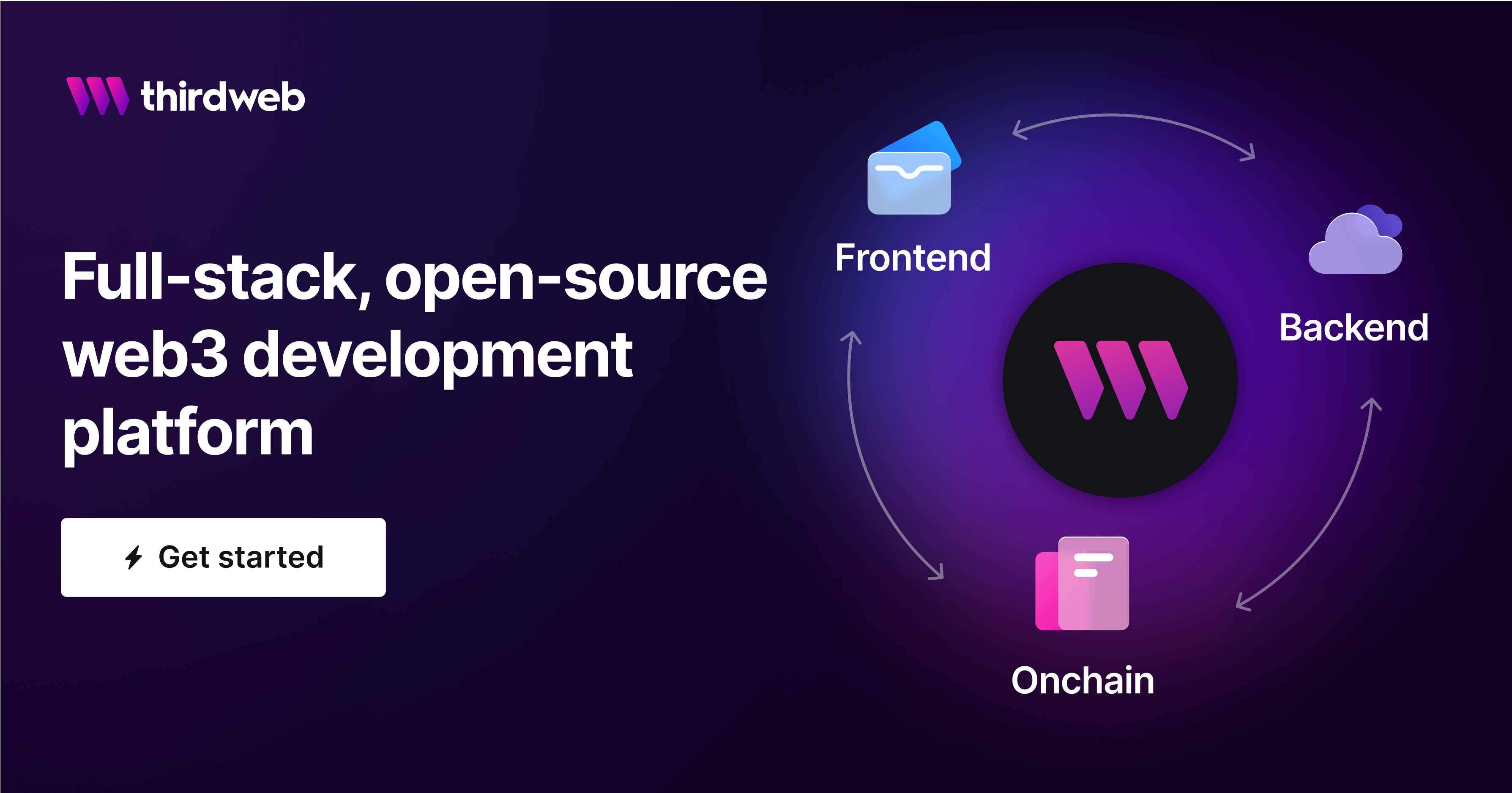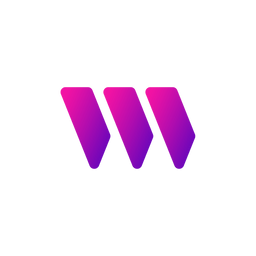What is a Plasma Blockchain?

Ethereum's scalability has been a long-standing issue, causing network congestion and high gas fees for users. This has prompted researchers and developers to actively work on scaling solutions like Layer 2 blockchains and roll-ups to address scalability issues.
Notably, Ethereum's co-founder Vitalik has recently emphasized one such solution — Plasma chains.
Plasma chains were first popularized back in 2017 as a scaling solution to off-load data and computation from the Ethereum mainnet. However, due to their high client-side storage costs and limited application, they were often trailing in the race for Ethereum scalability.
If so, then why are Plasma chains now gaining attention?
In this blog, we will explain what a Plasma chain is, how it works, its key features, some examples, and how you can build on Plasma chains.
What is a Plasma blockchain?
A Plasma blockchain is a network of independent child chains. These child chains function as distinct blockchains, each with its own block validation mechanisms. Yet, each of the child chains remains anchored to the underlying blockchain.
This connection forms a hierarchical structure, where the parent chain (like Ethereum) manages and secures the network through smart contracts. This design architecture off-loads the congestion and computational burden from the parent chain – Ethereum while inheriting some of its security.
Each child chain in Plasma has a specific transaction processing purpose and can be customized differently from its parent chain, including consensus mechanism and other futures. This offers more efficiency and flexibility to implement services without the risk of one interfering with the other.
Let's better break down the workings of a plasma chain in the next section.
How do Plasma blockchains work?
Plasma chains operate using a combination of Merkle trees and smart contracts to create a network of child chains connected to the Ethereum mainnet. Below are the key components and processes that define how Plasma chains function:
Child chains
They are customizable smart contracts that can be designed to adapt specific use-case mechanisms. This enables child chains to have different rules from their parent chain, enhancing their efficiency and achieving higher throughput than Ethereum.
Off-chain computation
In contrast to Ethereum, where nodes process all transactions, Plasma offloads a portion of transactions to child chains. This reduces network congestion and gas fees. Child chains have their own operators responsible for ordering and executing transactions, which accelerates processing speed.
Additionally, Plasma chains only require one operator for the ordering & execution of transactions, which further speeds processing.
State commitments
Operators of Plasma chains periodically submit 'state commitments' to Ethereum. This mechanism ensures synchronization between child chains and the main network, preventing invalid transaction proliferation. This also helps in anchoring Plasma security with Ethereum.
Entries and exits
Plasma chains utilize a master contract running on Ethereum, which basically serves as a communication channel between the two. This master contract regulates all depositing (enter), withdrawing (exit assets), and punishing dishonest behavior.
However, exiting the Plasma chain is complex due to the risk of malicious users submitting fake proofs. Hence, Plasma introduces a "Challenge Period" mechanism to ensure transaction integrity and prevent malicious actors.
Challenge period
During the challenge period window, users can dispute withdrawals by providing fraud proof in case of double spending or incorrect transaction history.
If anyone detects that the withdrawal request is fraudulent or invalid (e.g., due to double spending or incorrect transaction history), they can submit fraud proof to the Plasma contract. This proof must demonstrate that the withdrawal request is not legitimate.
If the proof is valid, the withdrawal is canceled, and the malicious actor can be penalized. If no valid fraud proof is submitted within the Challenge Period, the withdrawal is deemed legitimate and is processed.
To address this logistical headache, Ethereum co-founder Vitalik Buterin has suggested integrating zk-SNARKs (zero-knowledge succinct non-interactive arguments of knowledge), to validate each Plasma transaction without having to track the owner of every transaction in the Merkel tree.
Key benefits of Plasma blockchains
Here are some notable features of Plasma blockchains in favor of developers:
High throughput: Plasma blockchains significantly increase transaction speed and throughput by processing data off of Ethereum. This offloading of transactional load to child chains allows for handling high volumes of transactions efficiently, making the network more scalable to user demands.
Reduced gas fee: By distributing network load across child chains and minimizing direct interactions with Ethereum, Plasma chains significantly lower gas fees. This reduction is crucial for applications with high transaction volumes, enhancing economic viability and user experience on Ethereum.
Improved security: Plasma chains inherit Ethereum's robust security while adding an extra layer of protection through fraud-proof mechanisms. This ensures that transactions on child chains are securely validated, maintaining transaction integrity and safeguarding against potential breaches or fraudulent activities.
Examples of Plasma Blockchains
1. Polygon sidechain
Polygon is a leading Layer 2 blockchain & sidechain protocol that uses the Plasma framework to offer fast and cheaper transactions on Ethereum. It also leverages other scaling techniques like zk-proofs, optimistic roll-ups, and zk-EVM, making Ethereum lighter and faster.
2. OMG network
OMG network is another leading sidechain, leveraging Plasma as its scaling solution to improve transaction throughput and provide strong safety guarantees. It bundles multiple transactions, processing them off-chain, and settles confirmations on Ethereum. Thereby offering developers a suitable solution to build scalable & decentralized payment apps on Ethereum.
3. Gluon
Gluon is a Plasma sidechain offering a non-custodial high-speed and low-latency trading solution. With first-class support for features like margin trading and exhaustive fraud proofs, Gluon aims to provide a fast and cost-effective trading platform like centralized exchanges but without compromising users' security and privacy.
4. Loom Network
Look network is a Layer 2 scaling solution that utilizes Plasma chains to build fast applications on Ethereum. It allows developers to create customized blockchain networks specific to their needs and applications. Unlike Ethereum, the Loom network adopts a delegated Proof of Stake consensus to facilitate DApps with fast confirmation times and low gas.
How do you start building on a Plasma chain?
You can start building and deploying customized applications on Plasma chains with third-web's free web3 developer tools.
We support 700+ EVM-compatible blockchains, which you can search from the list of supported chains and start developing based on your preferences.
To further enhance your development experience and improve efficiency, thirdweb's smart contract templates can help you streamline instead of starting from scratch.
If you want to build on Plasma chains but don't know where to start, our step-by-step guides on web3 development can help you get started:


The Future and Potential of Plasma Chains
Plasma chains are an innovative scaling solution to address Ethereum's scalability issue. It has the potential to improve transaction throughput by tackling on-chain data availability issues.
While these aspects were previously overlooked due to high client-side storage costs and application limitations, with the continuous improvement and integration of zk-proofs, Plasma chains are set to play a crucial role in the scalable and secure blockchain ecosystem.
If you have any questions, join 44,000+ other builders in our Discord community — or reach out to the team directly for more info on how to get started with web3 development.
If you want to start building web3 apps on any EVM chain, get started with thirdweb's web3 tools & SDKs — they're free!


